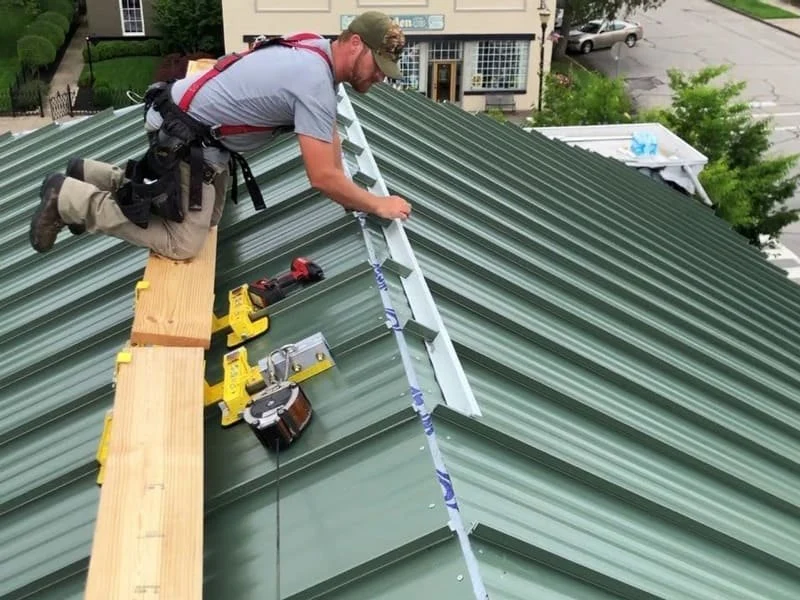
How to Install Roof Shingles in High Wind Conditions
Installing roof shingles can be a straightforward task for most DIY enthusiasts, but when high winds are a concern, extra care must be taken to ensure the shingles are securely fastened. High wind conditions, especially in hurricane-prone areas, can significantly increase the risk of roof damage, making proper installation essential for long-lasting protection. In this guide, we will explore key steps and techniques for installing roof shingles safely in high wind conditions.

Exterior Surface-Brite, Inc.
Brick TownshipOcean CountyNew Jersey
990 Cedarbridge Ave, Brick Township, NJ 08723, USA
1. Understanding High Wind Challenges
Before you start installing roof shingles in high wind conditions, it's important to understand the challenges posed by these conditions. High winds can lift poorly secured shingles, leading to roof damage or complete loss. The risk increases when gusts are sustained, and roofs without adequate reinforcement or proper installation are vulnerable. Here are some common challenges that high winds can present:
- Shingles becoming loose or detached
- Leaks due to gaps or inadequate sealing
- Increased wear and tear on the shingles over time
- Potential damage to underlayment and roofing materials
2. Preparation for Installation
Proper preparation is crucial when installing shingles in high wind areas. Here’s what you need to do before starting the installation process:

Capital City Contractors
HyattsvillePrince George's CountyMaryland
3702 Oliver St, Hyattsville, MD 20782, USA
2.1 Check the Weather
Wind conditions can vary, so it's essential to install shingles on days with calm or mild wind. Strong gusts during installation can make the process dangerous and cause mistakes. Always check the local forecast and avoid working during stormy or gusty conditions.
2.2 Gather the Right Tools and Materials
Ensure you have the appropriate tools for the job, including a hammer or nail gun, high-quality roofing nails, a chalk line, and safety equipment. It's also essential to use shingles that are rated for high wind conditions. Look for shingles with higher wind resistance, which are designed to stay in place even during harsh weather.
3. Installation Techniques for High Wind Areas
Installing shingles in high-wind conditions requires precise techniques to prevent wind damage. Here are the most effective methods to ensure the shingles stay secure:
3.1 Use Correct Nail Placement
Proper nail placement is essential when securing shingles in high wind conditions. Nails should be placed just above the adhesive strip of the shingles to ensure they hold firmly. Additionally, nails should be driven straight and flush with the surface to avoid lifting under wind pressure.
3.2 Stagger Shingle Rows
Staggering the rows of shingles helps prevent wind from getting underneath and lifting them. This technique involves offsetting the seams of each row, which creates a more secure bond and reduces the risk of shingles being blown off. Staggering also helps distribute the load more evenly across the roof.
3.3 Use Roofing Adhesives
Roofing adhesives are designed to provide extra bonding between shingles and prevent them from loosening during windstorms. Apply the adhesive to the back of each shingle or along the edges as recommended by the manufacturer. This can provide an extra layer of protection against wind uplift.
3.4 Secure with Wind-Resistant Strips
Many high-wind shingles come with additional wind-resistant strips that can be applied under the shingles. These strips add an extra layer of security and prevent shingles from lifting or becoming loose during storms. Follow the manufacturer’s instructions for installing these strips properly for optimal performance.
4. Safety Measures During Installation
When working with roof shingles in high wind conditions, safety is a top priority. Follow these essential safety guidelines to protect yourself during the installation process:
- Wear a harness and safety ropes when working at heights
- Use scaffolding or ladders with secure footing
- Ensure that all tools are safely secured to avoid accidents
- Avoid working during extreme weather conditions, such as thunderstorms or heavy gusts
5. Maintenance to Ensure Long-Term Durability
Once your roof shingles are installed, it’s crucial to maintain them to ensure long-term durability in high-wind areas. Regular maintenance can prevent shingles from loosening or becoming damaged by future wind events. Here are some maintenance tips:
- Inspect the roof after each storm for any loose or damaged shingles
- Clean gutters regularly to prevent debris buildup, which could add weight and stress to the roof
- Ensure that the shingles remain sealed and properly aligned to maintain their effectiveness in high winds
6. Why Choose BeachCo Roofing Hub
If you’re looking for high-quality materials and expert advice for roofing projects in high-wind areas, check out BeachCo Roofing Hub. We provide roofing products designed to withstand extreme weather conditions, ensuring your roof remains secure and reliable for years to come. Visit us for more information and recommendations on roofing materials suitable for high-wind zones.

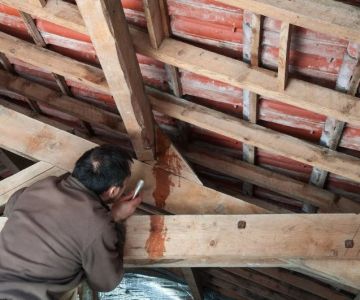
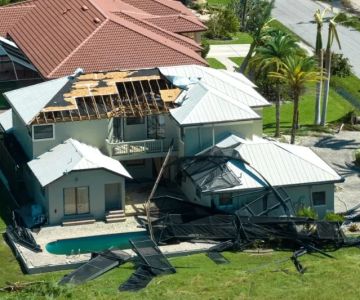
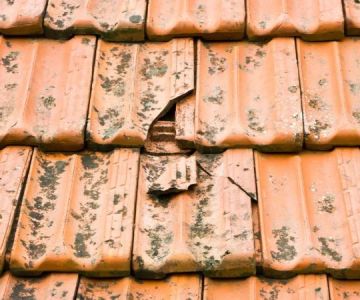

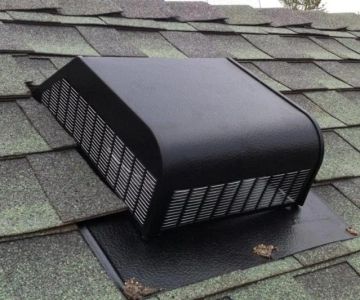
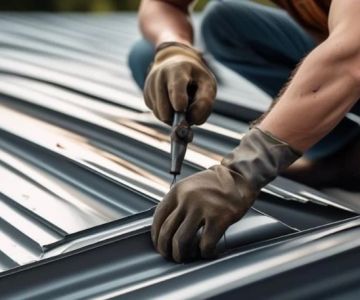
 Right Service Roof Repair and Replacement5.0 (63 reviews)
Right Service Roof Repair and Replacement5.0 (63 reviews) Conway Roofing Company4.0 (18 reviews)
Conway Roofing Company4.0 (18 reviews) West A A Company4.0 (27 reviews)
West A A Company4.0 (27 reviews)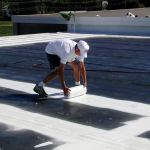 Fisher Roof Systems5.0 (2 reviews)
Fisher Roof Systems5.0 (2 reviews) About Time Home Improvement5.0 (9 reviews)
About Time Home Improvement5.0 (9 reviews)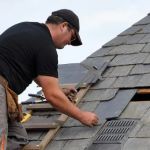 Carter Brothers Roofing LLC4.0 (31 reviews)
Carter Brothers Roofing LLC4.0 (31 reviews) Roofing Project Milestone Payment Schedule: Standard Practices
Roofing Project Milestone Payment Schedule: Standard Practices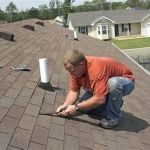 How to Repair a Roof Leak in a Mobile Home or Manufactured Home
How to Repair a Roof Leak in a Mobile Home or Manufactured Home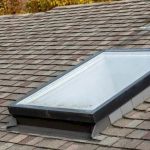 How to Install Roof Flashing on a Roof with Multiple Skylights and Penetrations
How to Install Roof Flashing on a Roof with Multiple Skylights and Penetrations How to Install Roof Snow Guards on a Tile Roof for Winter Safety
How to Install Roof Snow Guards on a Tile Roof for Winter Safety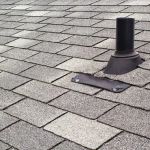 How to Install Roof Vents on a House with a Finished Attic – A Step-by-Step Guide
How to Install Roof Vents on a House with a Finished Attic – A Step-by-Step Guide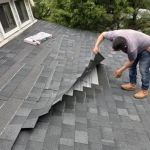 How to Repair a Roof Leak from a Rooftop Observatory or Dome
How to Repair a Roof Leak from a Rooftop Observatory or Dome